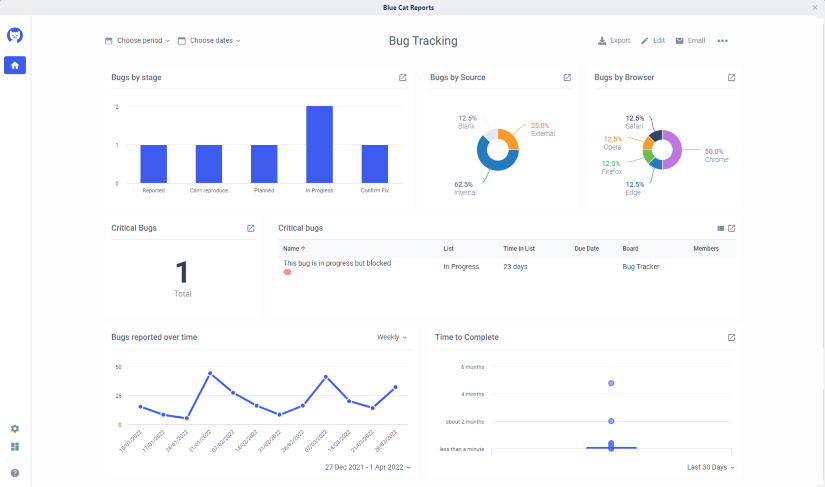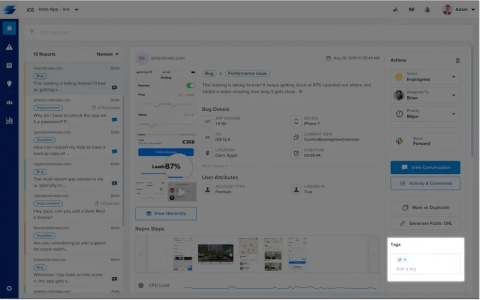Okay, so, today I wanted to mess around with Trello and see how I could use it to manage bugs. You know, like a simple bug-tracking system, nothing too fancy. I had heard a bit about Trello’s integrations, so I figured it could be a good way to streamline things without getting into complex project management tools.
First thing I did was open up Trello and create a new board. I named it “Bug Reports” because, well, that’s what it is. I then created a few lists to organize the process: To Do, In Progress, Testing, and Done. Pretty standard stuff, right? This way, I could move bug reports through different stages and easily see where everything was at.

Next, I started adding cards to the “To Do” list. Each card was a different bug that had been reported. I tried to be as detailed as possible in the description, including steps to reproduce the bug, what the expected result was, and what actually happened. I also added labels to categorize the bugs, like “High Priority,” “Low Priority,” “Frontend,” “Backend,” and so on. This made it easy to filter and prioritize tasks later on.
Now, I wanted to assign these bugs to team members. Trello makes this super easy. You just click on a card, go to “Members,” and select the person responsible. Once assigned, that person gets a notification, which is pretty neat. I also added due dates to keep everyone on track. Sometimes I forget everything, so setting due dates is helpful for me.
- I used the “Checklist” feature on some cards to break down larger bugs into smaller, more manageable tasks. This helped track progress within a single bug report and made sure nothing got overlooked.
- I also started playing around with Butler, Trello’s automation tool. I set up a rule so that whenever a new card was added to the “Bug Reports” board, it would automatically add a due date of, let’s say, one week later. I also created a rule that moved cards from “Testing” to “Done” when all the checklist items were marked complete. Automation saves a lot of time!
One cool thing I discovered was how easy it is to attach files to cards. I could upload screenshots, error logs, or any other relevant documents directly to the bug report. This made it super convenient for anyone working on the bug to have all the information in one place.
After setting everything up, it was time to actually use the system.
Whenever a new bug was reported, I created a card, filled in the details, assigned it, and set a due date. As team members started working on the bugs, they moved the cards through the lists: from To Do to In Progress, then to Testing, and finally to Done.
I found that this system really helped keep everyone on the same page. We could see at a glance what everyone was working on, what the priorities were, and how things were progressing. Plus, having a visual representation of the workflow made it easy to spot bottlenecks and adjust accordingly. It was a bit rough at first, getting everyone used to it, but once we got the hang of it, things went much smoother.
Overall, using Trello for bug tracking turned out to be a pretty good idea. It’s simple, flexible, and easy to use. While it might not have all the bells and whistles of dedicated bug-tracking software, it’s more than enough for a small team or project. And the best part is, it’s free! I just shared my experience today and hope it will help everyone.














